
Why You Should Not Rely on Software—Sketch!
Too many students hide their poor sketching skills by learning 3D software. They want to impress with a portfolio full of quality pictures. Some will succeed, but too often, the portfolio ends up poor in ideas.
Today, let me show you why, as an aspiring product designer, you should not rely 100% on computers if you want to succeed in the long run.
If you’re interested, let me share my personal experience from my first internship in product design.
My First Internship Experience
I was in my third year of design school and managed to join one of the top companies a product design student dreams of in Paris. The company was small, but talented and very friendly! It was previously called Absolut Reality (now BETC Design), part of the major communication group BETC EURO RSCG, alongside groups like TBWA and Publicis.

The entire design team worked in a cozy 40m² studio, with the marketing team upstairs. There were three of us interns, and the team really took care of us—they trained us on how to think, encouraged us to multiply our ideas, and inspired us with their collection of design books.
Before my interview, I researched their website and saw many famous clients from electronics to transportation to food packaging.
Variety of Projects and Learning with Software
Working at a design agency lets you tackle an incredible variety of projects! I saw their impressive work made with Illustrator, Photoshop, and 3D software like Rhino and 3ds Max. The team was skilled at producing polished visuals.
One day, when things were quiet, they taught me techniques in Illustrator. I remember Violet (his nickname because he often wore purple pants), one of my mentors, congratulated me for my willingness to learn.
The Importance of Hand Sketching
However, they wanted us to understand that pretty pictures made with software are just the tip of the iceberg.
90% of the time, we used paper and hand sketching only. Rendering was allocated only in the last 10% of the project. It was the cherry on top for client validation.
Before reaching that stage, we’d go through two to three phases of proposals. If things went right, the final rendering was just a formality.
Presenting Ideas as an Intern
I was honored to be fully part of project presentations, just like senior designers. Although intimidating, it was so much fun!
They valued me not for my software skills, but for listening to my ideas and stories for the design project.
Remember, a designer is a storyteller.
Even though my sketching skills were clumsy, I had to present my ideas with beginner sketches. At first, I felt ashamed, but the team was understanding and encouraging.
My trick? My sketches didn’t show the product precisely but told a story. I often drew people in scenes like comic thumbnails, with happy faces. This approach let me explore ideas quickly—I drew many!
The Project: Ferrero Rocher Display
You may wonder what the project was about. We were asked to create a temporary selling corner for Ferrero Rocher—a famous chocolate brand—for a Christmas supermarket display.
We aimed to promote the chocolate and give customers a great buying experience.
Among all designers, my creative proposal was chosen by the client! I presented the chocolate as pieces of art in a gallery. Months later, with great team support, my idea was brought to life in major French supermarkets.
The Benefits of Sketching
I hope you see the benefits of sketching. It’s deeply linked to productivity and creativity.
Sketching lets you be highly creative even on tight deadlines. If I had used 2D or 3D software from the start, I would have only had time for one or two proposals.
If both were rejected, I’d have lost a week and become frustrated—along with the client. Motivation and creative potential would have dropped.
Remember, showing your sketch opens doors for clients to imagine your idea evolving. You become co-creators.
Don’t Jump Too Early into Software
Jumping into software too early can put you in creative danger.
So, sketch and explore as many ideas as possible! This will impress your colleagues and clients, but most importantly, make the final user happy—which is the best satisfaction you, as a designer, can have.
Cheers,
Chou-Tac
PS: Do you have your own internship story? Tell me in the comments below or send me an email at choutac@thedesignsketchbook.com :)
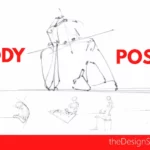

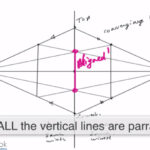
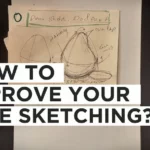
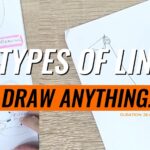
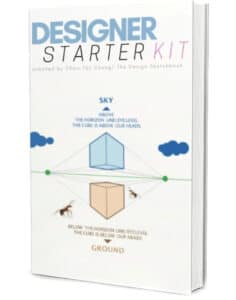

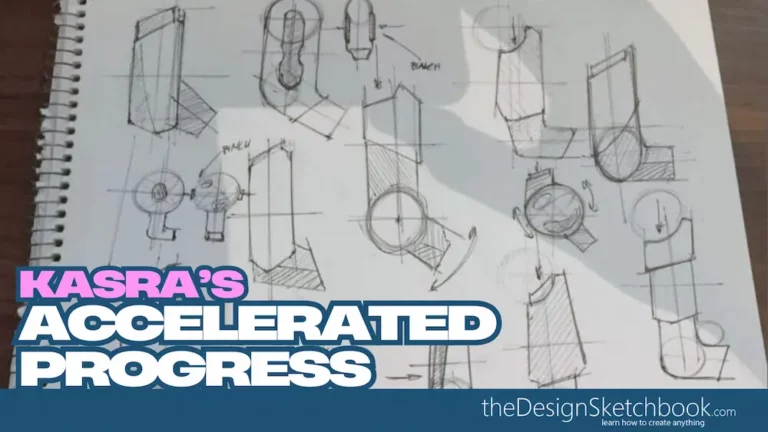

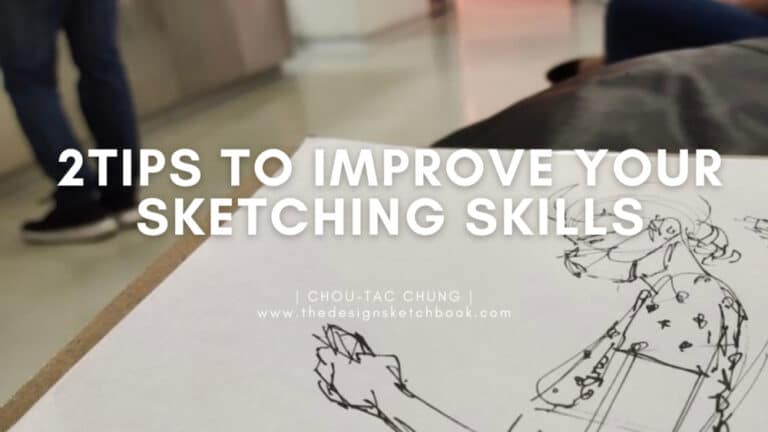

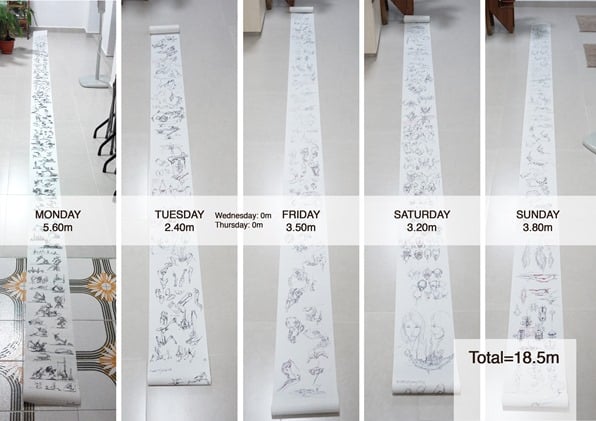
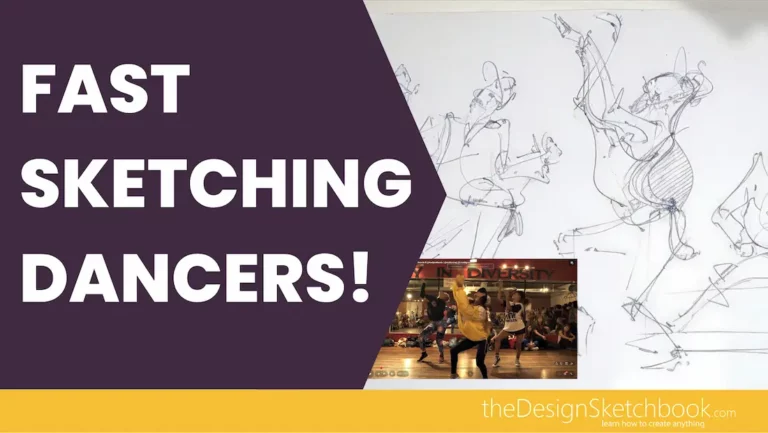

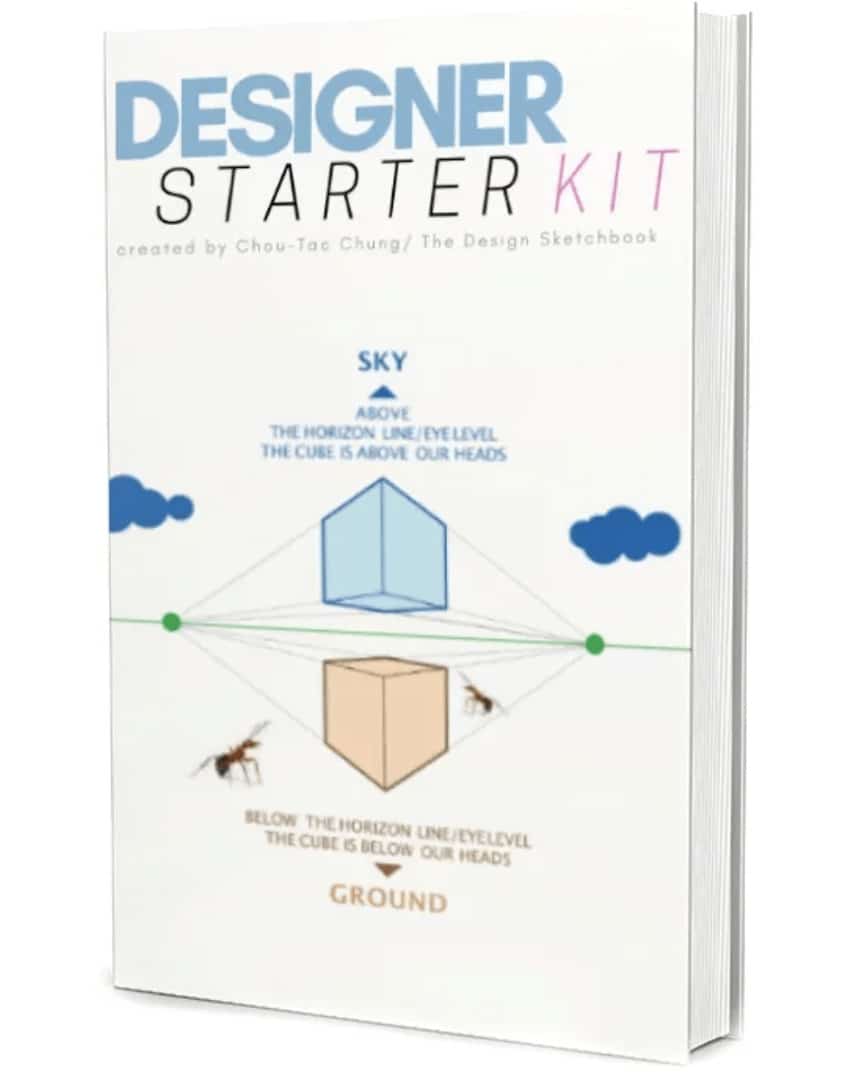


Latest Comments